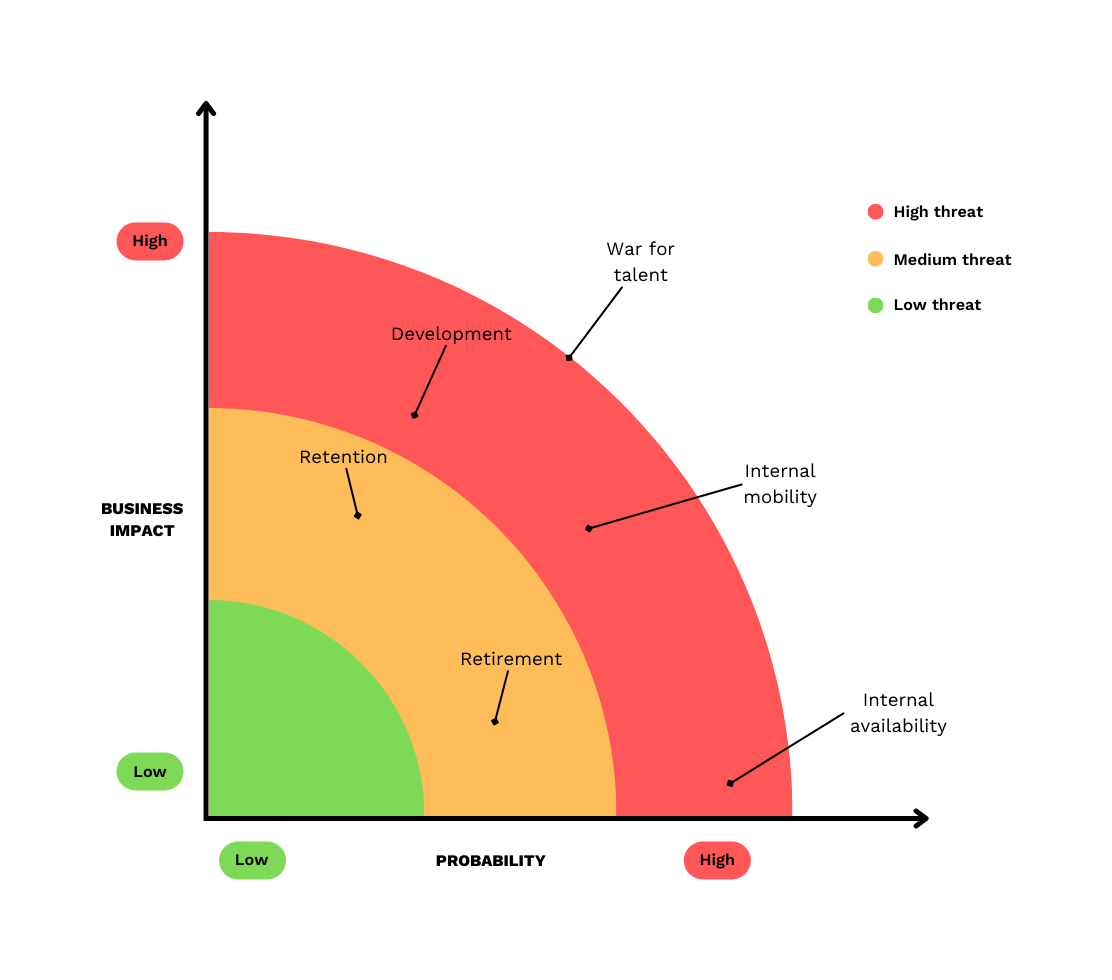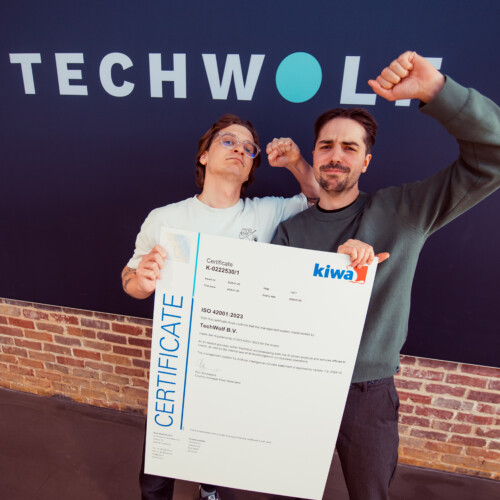The 6 core threats in talent management and how to address them.
How innovative companies change the way they look at talent.
Globally, companies are in distress. On the one hand, media keeps reporting on a doomsday recession, announcing an economic slow-down that could bring the economy to a complete stop. On the other, companies fight over talent and need to increase their workforce investments. There are too many talent challenges to count, each vicious enough to extinguish a company's existence.
Here are six threats that frequently impact talent management today:
War for talent - organisations don’t find critical talent in the labour market
Internal availability - companies lack existing critical skills inside their workforce
Retention - people with critical skills/competencies leave the company
Retirement - employees with critical skills retire and have no succession (especially in Western countries)
Internal mobility - high-performers leave the organisation due to a lack of internal career opportunities
Development - not enough employees develop critical skills to meet current/future needs

These core talent challenges affect companies and industries harder than ever before. More and more companies and industries are redefining their activities. In this transformation, HR terms like reskilling, career mobility, and talent retention… have become C-level topics.
Executives and management are trying to reset existing processes and address talent threats. Companies often attempt to tackle these hazards at the organisational or departmental level. But basing themselves on role level/job title results in sturdy and slow decision-making and zero organisational flexibility.
With the definition of work changing so quickly, innovators need to look at the most granular level of talent available - skills & competencies - to assess and address talent threats. Skills-based working is the foundation for organisational agility: managing your talent based on dynamic skills, rather than static job titles.
Sure, these are challenging times. We all have new challenges to face. But maintaining the status quo for talent management will not keep our organisations alive forever. We need to start looking deeper to deal with talent challenges in our companies effectively.




